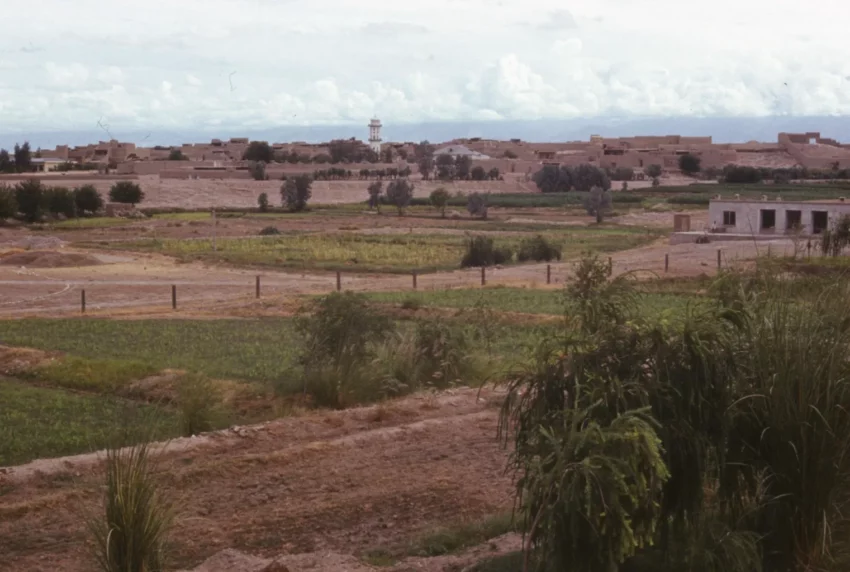Get your dose of History via Email
The Significance of Hadda, Afghanistan
Located in the eastern part of Afghanistan, approximately 10 kilometers south of the city of Jalalabad, Hadda has garnered significant archaeological attention. This area, which once was a major Buddhist center, has become the focus of extensive study due to its wealth of ancient historical art and architectural remains that shed light on the period between the 3rd century BC and the 7th century AD.
Archaeological Discoveries and Excavations
The remnants of over 1,000 artistic works including sculptures crafted in stucco, high-fired terracotta, bronze, and glass have been uncovered at Hadda. These finds have varying origins with influences noted from classical Hellenistic, Roman, and later Sassanian styles which are indicative of the cultural melting pot that was the historical region of Greater Gandhara. The discovery of these relics proves invaluable to understanding the syncretism of Hellenistic and Buddhist art, particularly during the first few centuries AD.
Excavations at Hadda began in the 1930s under the leadership of French archaeologists. Post 1979, the site suffered significantly due to conflict in the region, leading to severe destruction and looting in the 1980s and 1990s. The regime change in Afghanistan in 1996 saw increased risks for historical sites like Hadda, and vast amounts of the site’s treasures were looted or destroyed. Despite this, fragments of murals and reliefs that survived carry immense historical value and provide insight into the rich artistic heritage that thrived in this region.
Cultural Heritage and Importance
The Hadda area is notable for its monastic complexes, which encompass stupas – Buddhist commemorative monuments – and monasteries. These complexes feature various architectural influences, ranging from Indian to Greek styles. One of the venerated sites included Tapa-Kalan, known for its monastery and splendid collection of Buddhist sculptures that display a fantastic fusion of Hellenistic and Indian artistry.
Among the most studied monastic complexes of Hadda is Tepe Shotur, which contained a two-century-old monastery standing on a mound. This monastery apparently survived until the 9th century, which is substantial as it reflects the endurance of Buddhism in the region long after its decline in other parts of the Indian subcontinent.
Adding to the rich tapestry of Hadda’s historical significance is the presence of Tapa-Sardar, where a series of twenty stucco sculptures were found. These sculptures depict scenes from the Buddha’s life and represent yet another piece in the puzzle of Gandharan art.
Conclusion
Although much has been lost due to both the ravages of time and the turmoil in the region, Hadda remains a site of unparalleled historical and artistic importance. From showcasing the artistic syncretism of different cultures to revealing sustained practices of Buddhism, Hadda stands as a testament to the diverse and dynamic history that has shaped Afghanistan. The remnants of Hadda today continue to intrigue archaeologists, historians, and art historians alike, piece by piece assembling the grand narrative of the past. However, the threats to its preservation remain significant, emphasizing the need for ongoing protection and scholarly attention.

